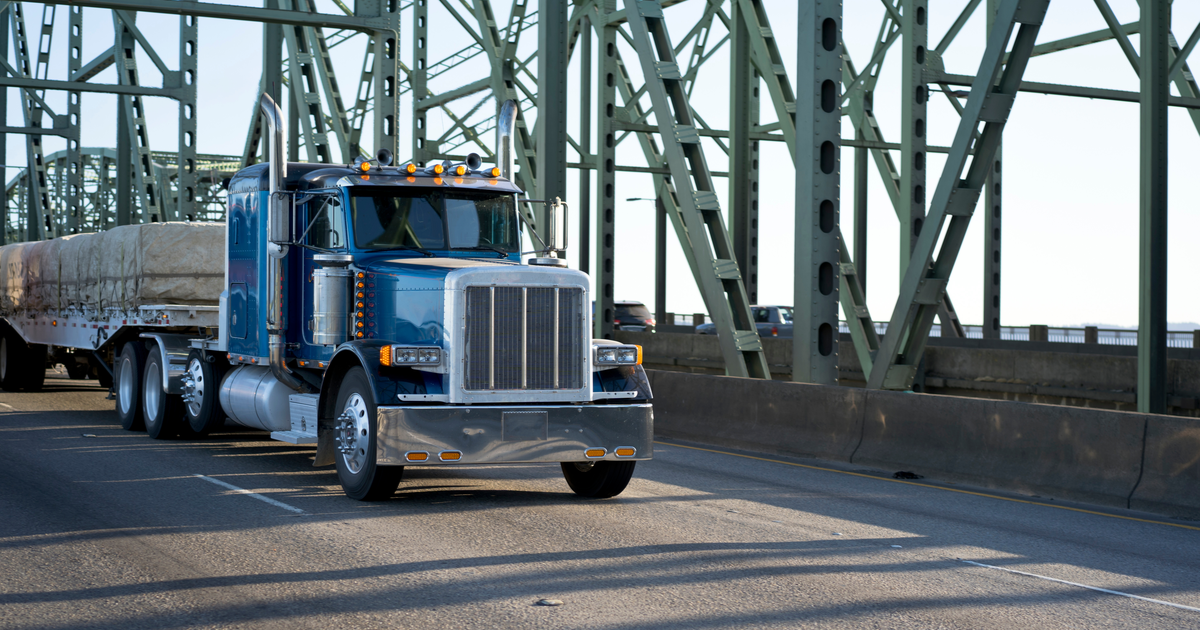
If you’re reading this article, you probably know that you need to file your IRS 2290 soon.
But did you know that the 2290 filing deadline is September 3rd, 2019, not the usual August 31st?
Maybe you’re wondering why the 2290 deadline is different.
Or perhaps you have some confusion surrounding filing IRS Form 2290 and paying your actual IRS 2290 payment.
Better yet, you might be thinking about how much of a hassle this is, and wondering why it’s necessary in the first place.
Form 2290 Due Date
Why September 3rd?
Normally, the Form 2290 deadline is August 31st.
This year, that date falls on a Saturday. The next business day would be Monday, September 2nd, but that’s Labor Day.
Therefore, this year, the Form 2290 due date is September 3rd, 2019.
You might be thinking about how lucky you are to get a couple extra days this year but think again.
As tempting as it may be to wait until the last minute, how likely are you to think about filing IRS 2290 and paying your 2290 highway use tax after a weekend and holiday…?
Trust me. File today or, at the very latest, file August 30th. That way you’ll ensure that the 2290 deadline is met.
Plus, if there are any issues or your IRS Form 2290 is rejected and you need to make corrections, you’ll have time to do so before the Form 2290 due date.
I’m not asking much. If you file with an IRS-authorized e-file provider like ExpressTruckTax the whole process takes as little as 10 minutes.
What About the IRS 2290 Payment?
So, you might’ve heard that if you can’t afford to pay your IRS 2290 payment right now, you should go ahead and file IRS Form 2290 anyway.
This is true.
Failing to file IRS Form 2290 by the 2290 filing deadline will result in a penalty of 4.5% of the 2290 highway use tax due. This will increase monthly for up to 5 months.
However, the penalty for failing to pay your IRS 2290 payment is only 0.5% of your total tax amount, plus additional interest of 0.54% per month.
Even if you can’t afford to pay your IRS 2290 payment right now, you should still file.
If you file but do not pay your full 2290 highway use tax amount, you’ll face a much lower penalty (0.5% compared to 4.5% of the total tax due).
Maybe you can pay by September 3rd, but not by tomorrow.
File today anyway.
When Will I Get My 2290 Schedule 1?
Your 2290 Schedule 1 is a huge part of why it’s so critical for you to file on time.
An updated 2290 Schedule 1 is necessary for operation, including anything from renewing your tags to traveling internationally or renewing your IFTA license.








